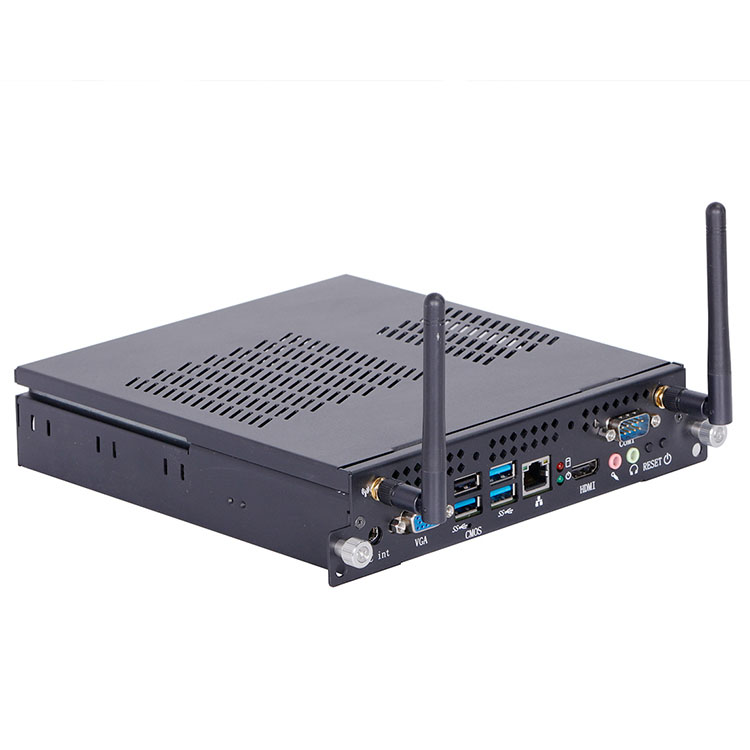Connecting Teams through Innovative Interactive Technology

In today's fast-paced business environment, effective collaboration within an enterprise has become crucial for success and growth. Traditional methods of communication and collaboration often prove to be inefficient and time-consuming. As organizations strive to enhance intra-enterprise collaboration, the use of interactive flat panel displays has emerged as a powerful tool to connect teams, streamline communication, and foster productivity. This article explores the various aspects of utilizing interactive flat panel displays within enterprises for seamless collaboration.
Enhancing Communication and Collaboration
Interactive flat panel displays offer a range of features that significantly enhance communication and collaboration within organizations. These displays provide a large, high-resolution touch screen interface that allows real-time interaction and annotation. With the ability to display and edit documents, share screens, and engage in video conferences, these displays promote seamless collaboration among team members located in different offices or remote locations.
Moreover, interactive flat panel displays encourage active participation and engagement during meetings or brainstorming sessions. Users can easily annotate documents, highlight important points, and share ideas, fostering a more dynamic and productive collaborative environment. The intuitive touchscreen interface and compatibility with various software applications facilitate smooth and efficient collaboration, eliminating the need for traditional tools like whiteboards or projectors.
Improving Productivity and Efficiency
Interactive flat panel displays offer several features that contribute to increased productivity and efficiency within enterprises. These displays support multitasking capabilities, allowing users to view multiple documents or applications simultaneously. Team members can access and edit files, review data, and communicate without the need for switching between different devices or screens.
Furthermore, interactive flat panel displays enable seamless integration with cloud-based platforms and enterprise software systems. This integration streamlines data sharing and collaboration by providing instant access to shared drives, project management tools, and document repositories. The ability to work directly on the screen, annotate documents, and save changes in real-time eliminates the need for manual transfers and promotes efficient collaboration.
Optimizing Decision-Making Processes
The use of interactive flat panel displays also facilitates effective decision-making processes within organizations. These displays simplify data visualization with high-resolution graphics and interactive capabilities, enabling teams to analyze complex information and make informed decisions more efficiently. Visualizing data on a large screen enhances comprehension, helping teams identify patterns, trends, and insights that might otherwise go unnoticed.
Moreover, interactive flat panel displays allow real-time collaboration during presentations and discussions, promoting active engagement and enabling immediate feedback. By integrating interactive features like polling or Q&A sessions, these displays encourage participation and help teams reach consensus faster, thus expediting the decision-making process.
Conclusion
Interactive flat panel displays have revolutionized the way enterprises collaborate by providing intuitive and interactive platforms for communication and decision-making. With their ability to enhance communication, improve productivity, and optimize decision-making processes, these displays prove to be an invaluable asset for businesses striving to maximize intra-enterprise collaboration. By adopting this innovative technology, organizations can foster a more connected and productive workforce, resulting in improved performance and achievement of business goals.

